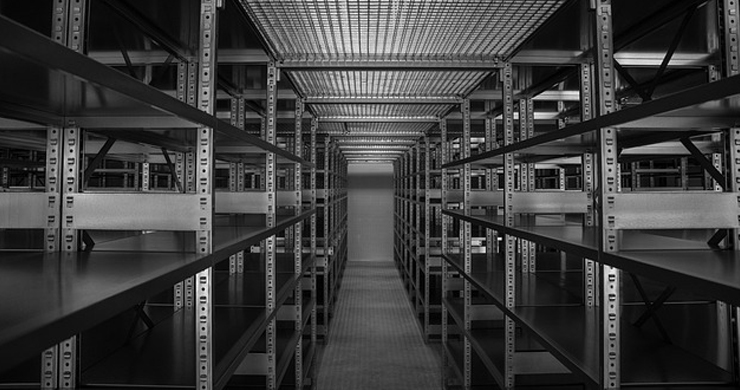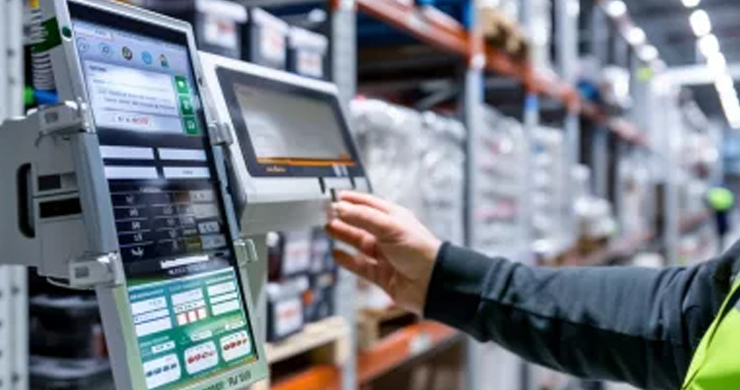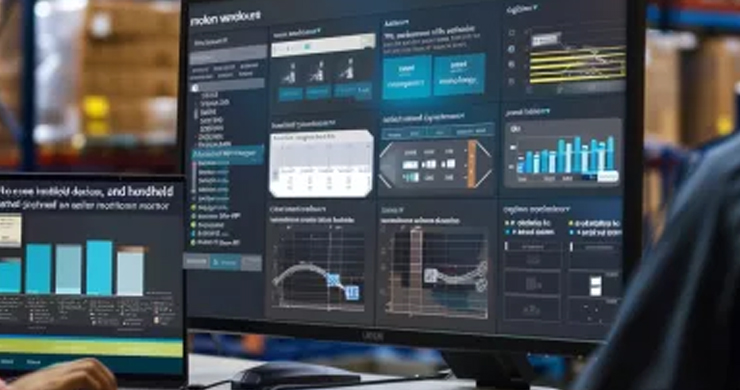Warehouse management is one of the most critical areas in the supply chain, but it is often also one of the sources of hidden costs that can go unnoticed until it is too late. These costs are not always obvious and can have a significant impact on a company’s profitability. Here we explore some of the most common hidden costs in warehouse management and how a Warehouse Management System (WMS) can help reduce them.
Inefficient labor and processes
One of the most significant hidden costs in warehouse management is inefficient use of labor. When employees spend too much time searching for products, dealing with incorrect inventories or performing repetitive manual tasks, labor costs increase without reflecting an increase in productivity.
Solution: A WMS automates many of these tasks, optimizing staff allocation and improving efficiency. With the use of technologies such as voice picking and RFID tracking, time spent on manual tasks can be reduced and human error minimized.
Unused storage space
Storage space is a valuable resource and its inefficient use can be a significant hidden cost. Poorly organized shelving, products located without a clear system and overloaded or underutilized storage areas can result in higher storage costs and the need to rent additional space.
Solution: A WMS optimizes the use of available space by implementing intelligent storage strategies. This not only maximizes existing space but also reduces the need for costly expansions or renting additional warehouses.
Inaccurate inventories
Inventory inaccuracies are another hidden cost that can seriously affect warehouse operations. Out-of-date or incorrect inventories can lead to overstock or shortage situations, which in turn affects cash flow and the ability to meet customer demand.
Solution: With a WMS, inventory accuracy is significantly increased through real-time visibility and automated product tracking. This allows you to maintain optimal inventory levels, reducing both unnecessary storage costs and out-of-stock losses.
Transportation and logistics costs
Transportation and logistics are areas where costs can add up quickly. Inefficient transportation routes, incomplete loads and lack of coordination can result in higher fuel costs, extended delivery time and lower customer satisfaction.
Solution: A WMS can be integrated with transportation management systems to plan more efficient routes, consolidate loads and improve logistics coordination. This not only reduces transportation costs, but also improves operational efficiency and customer satisfaction.
Unplanned maintenance
Unplanned maintenance of equipment and machinery can be a significant and often unexpected expense. Disruptions in operations due to equipment failure not only generate repair costs, but can also cause delays in order processing and shipping.
Solution: An EMS with preventive maintenance capabilities can help plan and perform regular maintenance, reducing the risk of unexpected failures and ensuring that equipment operates optimally.
Conclusions
Hidden costs in warehouse management can silently erode a company’s profitability. Identifying and addressing these costs is crucial to maintaining an efficient and profitable operation. Implementing a Warehouse Management System is an investment that may seem considerable initially, but the long-term benefits, in terms of reduced costs and improved efficiency, are invaluable.
If you suspect that your warehouse may be incurring these hidden costs, it’s time to consider a WMS. Not only will it help you reduce unnecessary expenses, but it will also allow you to optimize all of your warehouse operations, ensuring that every resource is used as efficiently as possible.





